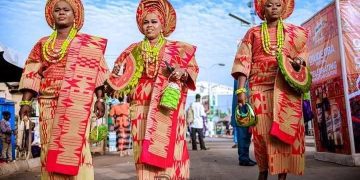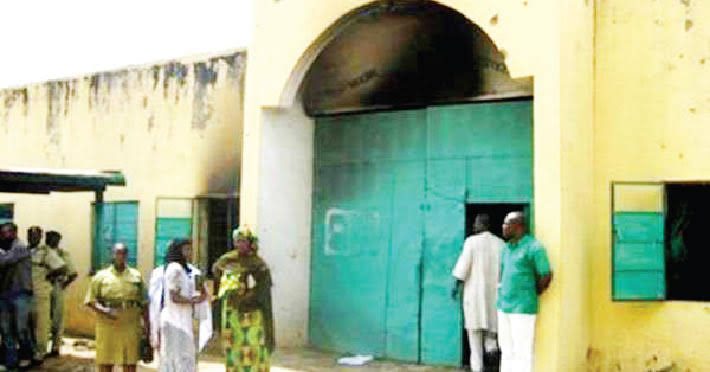The Nigerian Correctional Service, NCoS, has recorded a total of 3,833 Inmates on Death Row (IDR) across custodial centres in the country, with Ogun State recording the highest number of inmates on IoDR.
The national inmate population stands at 81,558.
The Daily Crucible report that one
Ogbonna Igbojionu was on death roll
after he was convicted of a violent armed robbery that led to the death of a security guard in Ogun State but he was recently released after spending over two decades in prison.
According to the Attorney-General and Commissioner for Justice in Ogun State, Oluwasina Ogungbade, SAN, Ogbonna was found guilty and sentenced to death by the Ogun State High Court on January 14, 2003, for partaking in a brutal robbery that occurred on October 3, 2000, at the ELF petrol station along the Abeokuta-Lagos expressway. The robbery led to the theft of a 10 KVA Lister generator and the death of Moses Bankole, one of the station’s security guards.
Ogbonna, a generator technician – and an indigene of Abia State, was part of the gang that broke into the filling station at night, used iron rods to assault two guards on duty —killing one and seriously injuring the other.

However, Ogbonna’s death sentence was converted to a life imprisonment in June 2021 by Governor Dapo Abiodun in exercise of the prerogative of mercy. Again, four years later, Ogbonna became a beneficiary of the recent prerogative of mercy exercised by the Governor to commemorate Democracy Day, June 12, 2025.
Speaking on the IoDR, NCoS said that Ogun State tops the list with 568 death row inmates, followed by Rivers with 504, Enugu with 328, Lagos with 314, and Delta with 256.
The Service Public Relations Officer (SPRO), Deputy Controller Abubakar Umar, revealed this on Wednesday in Abuja.
Umar refuted recent reports by some online platforms that Kano, Kaduna, and Lagos States have the highest numbers of IoDR, with a total of 1,300, 1,250, and 2,055 respectively.
He said that the data available shows that Ogun, Rivers, Enugu, Lagos, and Delta States have the highest number of inmates sentenced to death.
He also said that Osun, Ebonyi, Oyo, Kogi, and Anambra States recorded the lowest figures in the same category.
The NCoS spokesperson further revealed that Osun State currently had no death row inmates, while Ebonyi and Oyo States have two each, Kogi three, and Anambra four.
He explained that the disparities may be linked to varying crime rates, judicial processes, and the administrative actions of state governments, particularly the signing of death warrants or approval of clemency requests.
The SPRO highlighted that the management of inmates on death row presents serious challenges for the Service, especially in terms of congestion and financial pressure on the Federal Government.
Umar, however, said that the Service classified inmates based on their legal status. Hence, inmates were classified as Awaiting Trial, Short-term Convicts, Long-term Convicts, Lifers, Inmates on Death Row, Debtors, Female, Juveniles, among others.
“As at Tuesday, July 22, 2025, death row inmates are 3,833 nationwide, which make up about five per cent of the entire prison population.
“Out of this number, 3,754 are males, while 79 are females.
“Also, out of the entire inmate population, 24,252 inmates are convicted nationwide, which is 29 per cent. Out of this number, 23,725 are male, while 457 are female.
“Those awaiting trials nationwide amount to 53,473 inmates, which comprise 52,066 males and 1,407 females. This is about 66 per cent.
“This brings the total to 81,558 inmates in custody across the various custodial centres in the 36 states and the Federal Capital Territory (FCT),” he said, according to Daily Post report.
Umar who was silent on the number of hangmen still in the Service, said that many state governments had set up prerogative of mercy committees to review convicted cases occasionally.
He said that many inmates on death row were benefitting from such exercises and were contributing meaningfully to society.
He, however, appealed that the public know that the NCoS was functionally engaging inmates on death row through educational programmes and vocational training.
“The Service doesn’t allow them to wallow endlessly under the toga of death sentence,” he stated.








































